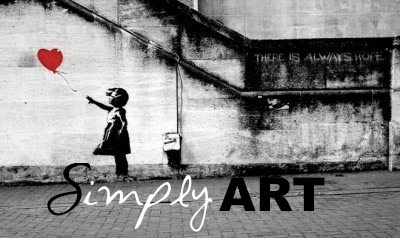Is expression of feelings limited to facial expression? To what extent is interpersonal communication divided between our face and the rest of our body? Is joy possibly transmitted by a certain position of our arms, our legs and hips; Is sadness, love, hate and joy possibly transmitted by the same process? The art of body language is a riveting subject and something to look at in order to understand ourselves and others around us. These works are an insight into how our body moves and translates in his own way our feelings and emotions.
Stephanie Bolze, is a painter living in Mexico City who has taken an interest at this subject with her serie of chinese ink paintings called Cuerpos Fragmentados (Fragmented Bodies). In this particular serie, Bolze presents to us a few head-less bodies expressing through positions and colors certain feelings. The technique used by this painter is that of chinese ink. It is thus water-based and the paper then absorbs theses mixes of colors. This technique creates a parallel with the subject. The paper being soaked by different reds, greens and yellows reacts just as our body is changed by our feelings and reactions. Is our face not red when we blush from anger or shame? It is also open to uncertainty because the artist doesn’t have a total control on how the paper will absorb the painting which creates mystery and surprise just as feelings are sometimes unpredictable.
The second interesting aspect of her serie is the opening for the very compelling subject of body language. Observe how every painting has no head, but every one has a different posture by the way the back, the hips, the shoulders, the arms are placed. But mostly, every position revolves around the breast and the heart, as thus a center for feeling and movement and where every other body part gravitates around. Depending on the movement, the breast is either forwardly exposed, protected or simply passive. Along with titles such as Soudaine Attraction et Confusion (Sudden Attraction and Confusion) and Pudeur et Sentiments (Demure and Feelings) it is clear that the objective is to translate feelings into physical positions.
Colors are there to accentuate the interpretation of the conveyed feeling but the way they are placed relates a true mastery of the technique by the artist. The location on which these color zones are placed are the most expressive parts of our bodies so that our eye fixes itself on them.
Science and Art have been gathered together in this study of the human body, of Feelings, and how these two work jointly in our everyday life.













